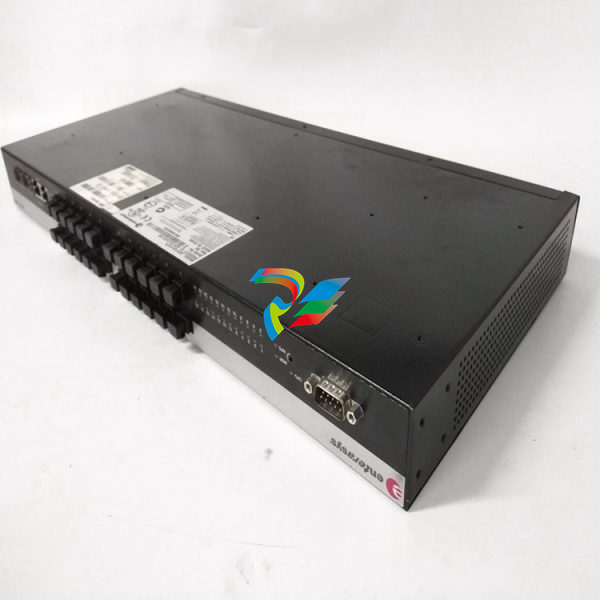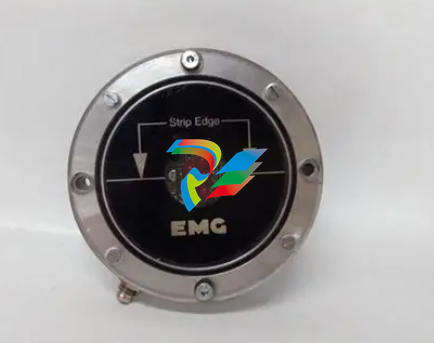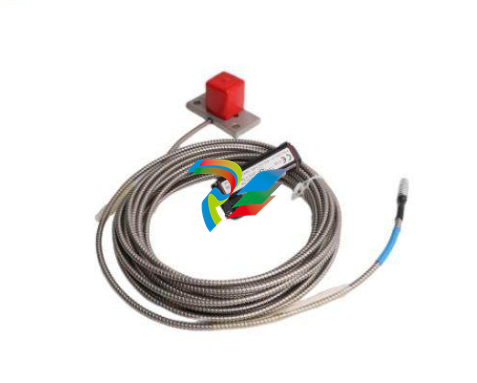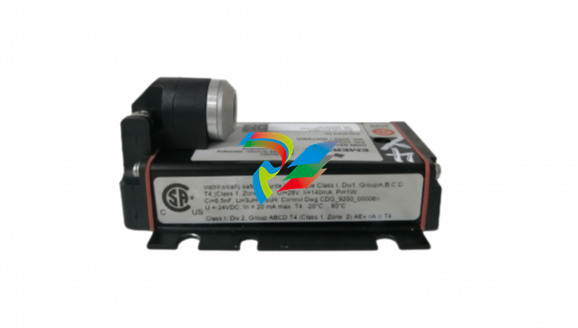
ABB Procontic CS 31 Intelligent decentralized automation system
This technical documentation supplied in a loose-leaf file can be easily up-dated.
In order to be registered in our revision and up-dating service, the enclosed Original Registration Form(1) should be
filled-in and addressed to your local ABB contact engineer.
The supplements contain either new sections of the documentation or replacement pages for existing sections.
Instructions for these supplements are enclosed in the corresponding parcel.
All rights reserved to change design, size, weight of the equipment described in our documentation.
Dear Sirs,
I want to keep my technical documentation updated, which is why I would like to
have my name to your list for distribution of revised documentation. The returned
original reply card contains all relevant information.
I am interested in detailled information about modifications on existing devices as
well as technical details of novel devices forming part of the control system used in
my installation.
ABB CS31
Intelligent decentralized
automation system
General
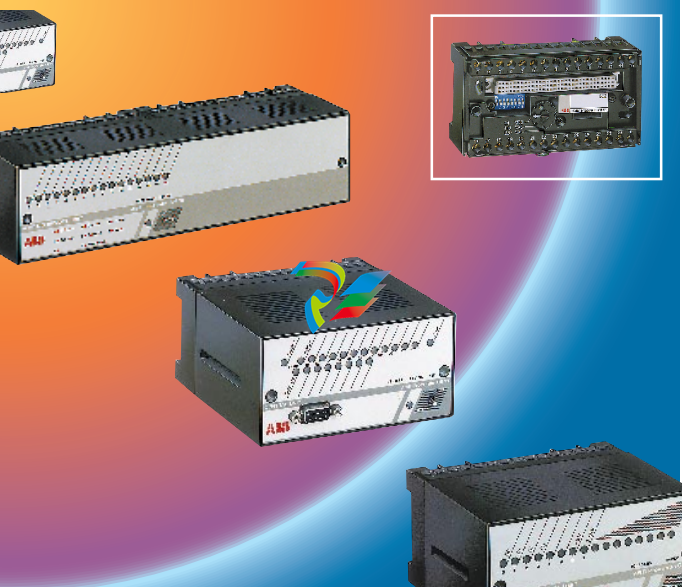
Machines and plant equipment, for
reasons of competitiveness are becoming even more
complex, the amount of information required from sensors
and actuating devices is constantly expanding, causing
heavier implementation and higher wiring costs.
The ABB Procontic CS 31 is designed to simplify
implementation and wiring.
The CS 31 is a decentralized automation system.
The system is ideally suited to applications where
modularity and cost reduction are key factors.
The CS 31 system comprises of the following :
– a central unit, enclosed within a compact case which
can be screw or DIN rail mounted,
– remote input/output plug-in units, wich are easily
removeable. The plug-in base can be screw or DIN
rail mounted,
– a simple twisted pair wire arrangement (RS 485),
which is utilized for connection of the central unit to
the I/O units.
The decentralized architecture of the ABB
Procontic CS 31 system offers a superior solution to
control system requirements:
– The central unit can be mounted within the control
panel.
– The input/output units can be mounted local to the
sensors and actuators.
As an example the central unit may be connected to
remote units distributed along a process line.
A cost reduction in wiring is possible upto 80% with the
implementation of the CS 31 system.
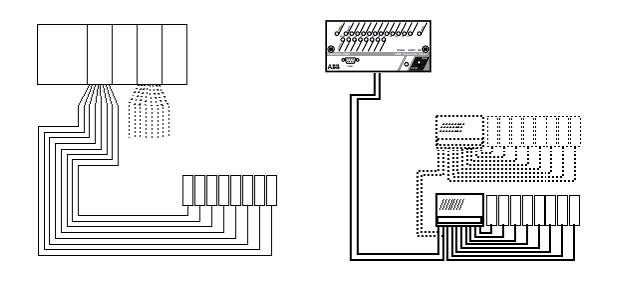
2.1 CS 31 benefits
– decentralized architecture as opposed to centralized
system,
– reduction of wiring costs (design, materials and
commissioning time),
– configurable input/output units,
– extensive diagnosis functions,
– freely expandable network. Additional units can be
connected whilst the installation is operational,
– simple transparent programming. All remote I/O channels
are handled as though they were centralized,
– remote I/O facility is integral feature and not an additional
unit,
– programmable serial communications (RS 232)
connection to modem, printer, operator display etc...
2.2 Modular system
The comprehensive range of units enhances the modularity
of the system.
For example :
The low profile 16 channel user configurable input/output
unit can be mounted on the control panel door, with inputs
and outputs connected to pushbuttons and pilot lamps.
2.3 Versatile range
The CS 31 is based upon two types of central units,
07 KR 91, 07 KT 92/07 KT 93 and 07 KR 31/07 KT 31.
The system can be configured to comply with most control
system requirements (See previous configuration
examples).
● 07 KR 91, 07 KT 92/07 KT 93 is designed for complex
applications with an higher level of functionality (Data
manipulation, PID regulation, etc...).
● 07 KR 31/07 KT 31 incorporates all of the functions
required for smaller decentralized applications, thus
providing an excellent Price/Performance ratio.
2.4 Diagnosis
The CS 31 system incorporates extensive diagnosis
functions.
All of the remote units contain a microprocessor which is
dedicated to the management of inputs/outputs and
diagnosis facilities.
The diagnosis are accessed using the "test" button on the
front of each remote unit, the results are displayed on the
I/O status led's.
The diagnosis results can be incorporated with the user
program thus enabling effective fault management.
2.5 Use of the CS 31 system
All of the remote units are easily interchangeable, even
with the process in operation, as they are plug-in base
mounted.
The screw terminals of the plug-in bases are used for
connection to the process inputs and outputs.
Bases are screw or DIN rail mounted.
The DIL switches on the bases are used for coding the
address of units.
Any additional connected units are automatically
recognized by the central unit.
NOTE : The system may comprise of remote units of
varying supply and input voltages.
2.6 Emergency operation
A system may comprise of many central units, however
one single master and the remainders slaves.
If the bus communication is interrupted or the master unit
fails the individual slave units continue with their own
operation.
2.8 General characteristics
The CS 31 system is developped according to the international standard IEC 1131-2.
● Operating conditions
– Temperature :
● operation 0 °C ... + 55 °C 32 ... 131 °F
● storage - 40 °C ... + 75 °C - 40 ... 167 °F
● transport - 25 °C ... + 75 °C - 13 ... 167 °F
– Humidity acc. to DIN 40040 class F without
condensation :
● average over the year 75 %
● up to 30 days of a year 95 %
● on the other days withregard to the average of the
year, occasionnally 85 %
– Air pressure :
● operation 800 hPA ( 2000 m)
● storage 660 hPA ( 3500 m)
● Mechanical data
– degree of
protection IP 20
– housing UL94 V0
UL94 V1 for central units serie 90,
coupler 07KPxx and units ICDxx
– vibration each of three mutually
perpendicular axes 10 Hz ...57 Hz
continuous : 0.0375 mm amplitude
occasional : 0.075 mm amplitude
57 Hz ... 150 Hz
continuous : 0.5 g acceleration
occasional : 1.0 g acceleration
– shocks occasional excursion to 15 g, 11 ms,
halfsine in each of three mutually
perpendicular axes
– impact for units with a power supply > 30 VAC.
withstand According to IEC 950 : a steel sphere
test with a mass of 500 g is to fall freely
from a height of 1300 mm
● Mounting
– DIN rail 35 mm
– Screw screws Ø 4 mm (M4)
mounting
● Serial interfaces
– for connection of the RS485,
central unit to using screw terminals
the remote units
– for programming and RS232-C
setting parameter 9 pole D connector
(female)
● Termination
– on the plug-in base ECZ use 60 °C copper conductor only
Cross section :
– bus wiring terminal : twisted pair
AWG 24 (0.22 mm2
) to AWG 18 (0.8 mm2
)
– earth terminal : rigid or stranded connector
AWG 10 (5.2 mm2
)
– Others terminals :
● inputs : stranded connector
AWG 18 (0.8 mm2
) to AWG 14 (2.1 mm2
)
● outputs : stranded connector
AWG 14 (2.1 mm2
)
● power supply
AWG 14 (2.1 mm2
)
– on removable terminal 2.5 mm2 (copper N°
AWG14)
block (small section)
– on removable terminal 1.5 mm2 (copper N°
AWG16)
block (small section)
– screws tightening 7 ibs. inch (0.8 Nm)
torque (for guidance only)
● Supply connections
– 24 VDC (process and 24 VDC
power supply (-20 %, +25 %, i.e. 19.2 ... 30V)
incl. ripple
ripple factor < 5 %
– 120 VAC power supply 120 VAC
(-15%, +10%, i.e. 102 ... 132V)
50 Hz or 60 Hz (± 5 %)
– 230 VAC power supply 230 VAC
(-15%, +10%, i.e. 195.5 ... 253V)
50 Hz or 60 Hz (± 5 %)
● Voltage drops and interruptions
– DC power supply interruption time 10 ms
time interval between two
drops 1s
– AC power supply interruption time 0.5 period
time interval between two
drops 1s
● Creepage distances and clearances
according to EN 61131-2 /
IEC1131-2
● Insulation test voltages
the insulation test voltages
are according to IEC 1131-2
● Electromagnetic compatibility (EMC)
– electrostatic discharge (ESD) according to
IEC 1000-4-2
(severity level 3)
test peak voltage :
● at discharge thru air 8 kV
● at discharge
thru relay's contact 6 kV
time between two discharges > 1s
number of discharges on each
selected point 10
– radiated electromagnetic
field immunity test according to
IEC 1000-4-3
field strength 10 V/m
(severity level 3)
frequency range 27 MHz to 1000 MHz
sweep speed 1.5 x 10E-3
decade/s
– fast transient burst test (FTT) according to
IEC 1000-4-4
interference voltage for :
mains terminals 115/230 V 2 kV
mains terminals 24 V 2 kV
output terminals 24 V 1 kV
output terminals 115/230 V 2 kV
input terminals 24 V 1 kV
input terminals 115/230 V 2 kV
analogue input/output terminals 1 kV
CS 31 bus 2 kV
programming interface 0.5 kV
– surge immunity according to
IEC 1000-4-5
test voltage for
assymetric coupling common mode
power supply (115/230 VAC) 2 kV
power supply (24 VDC) 1 kV
digital inputs/outputs 1 kV
test voltage for
symetric coupling differential mode
power supply (115/230 VAC) 1 kV
power supply (24 VDC) 1 kV
digital inputs/outputs 1 kV
● ABB Procontic CS 31 system bus
The CS 31 bus is a shield twisted pair RS485
– cross 0.22 ... 0.8 mm2
(N°
AWG 24 ... N°
AWG 18)
– twists > 10 per metre
– resistance 100 /km

